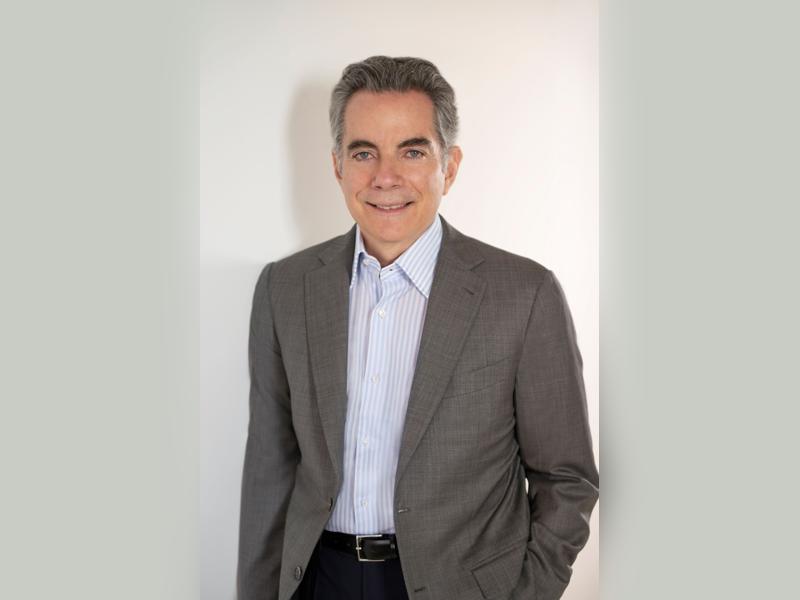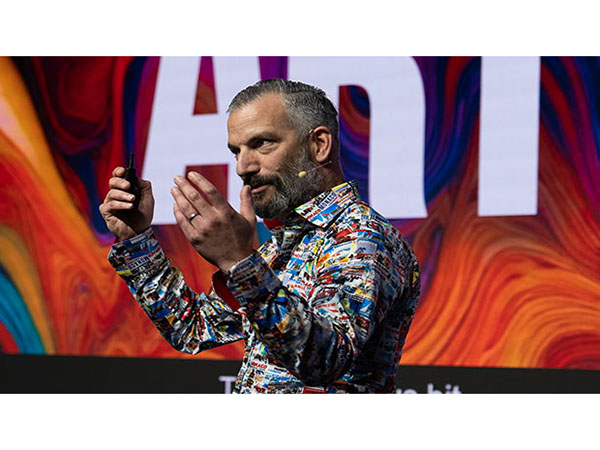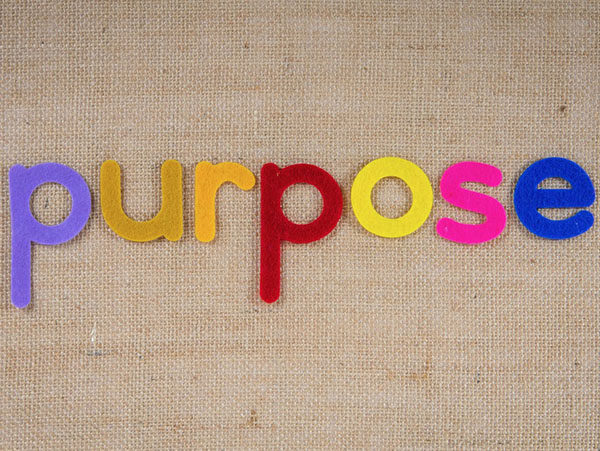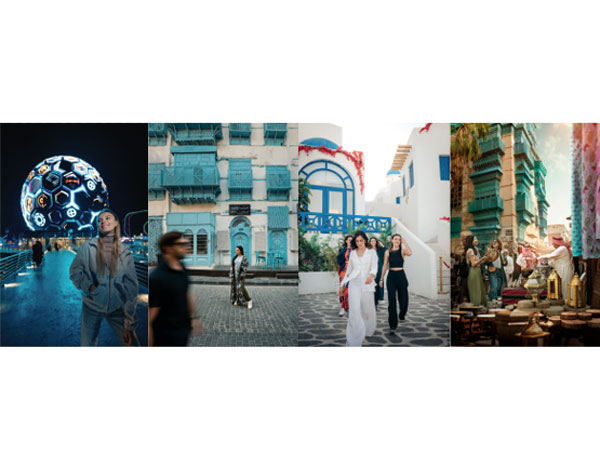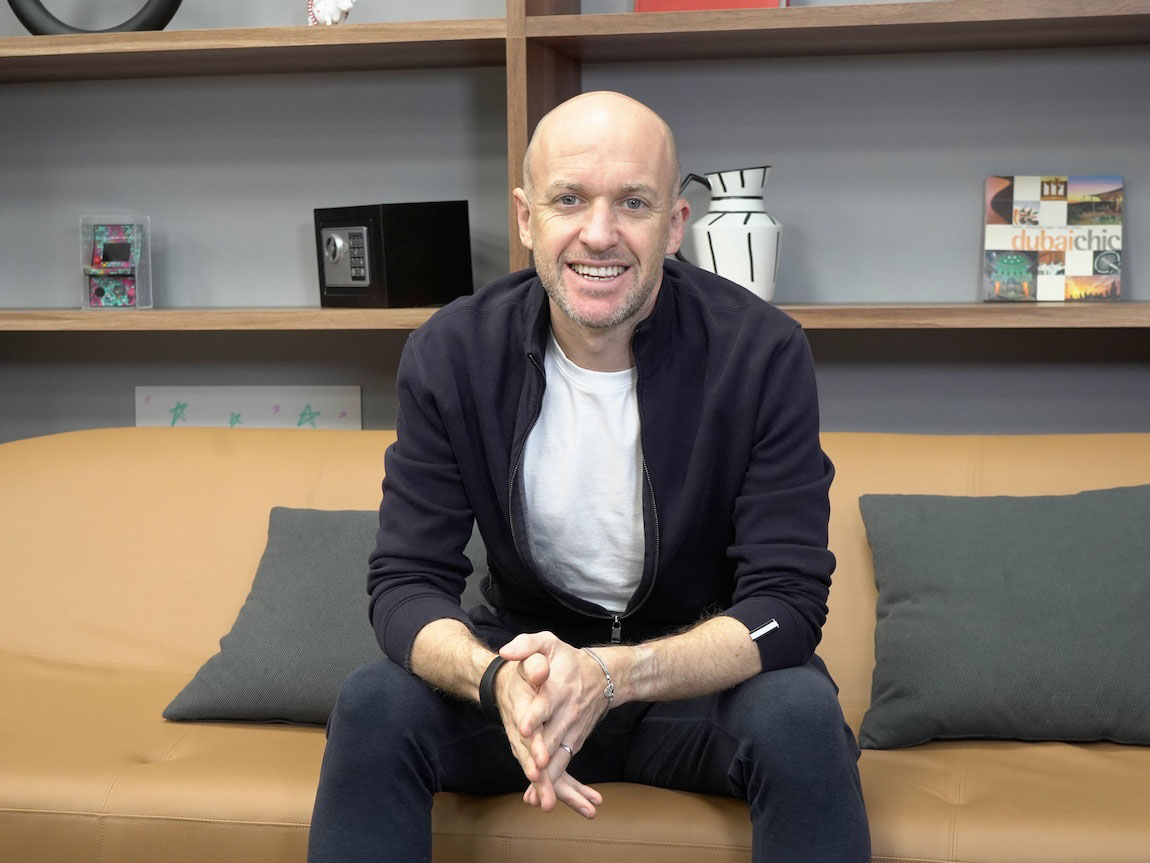Industry Talk
The Road Ahead for OOH
July 2, 2016
.jpg) Advertisement
AdvertisementOut-of-Home advertising is projected to grow in the coming years, especially digital. What’s your stance and what about Lebanon?
Based on data, the traditional advertising medium is showing the most growth, with 5% predicted for the years leading up to 2018 with Out-of-Home trailing followed by TV, with 2.8% predicted for the same period. The reason for this is clear – OOH is the only traditional medium that has managed to incorporate today’s digital technologies and to apply them.
DOOH’s share of global OOH revenue stands at 32% of total spend, which by 2020 is forecast to reach 40%. In some markets, it has already reached 50%. Having said that, there will always continue to be an important role for static Out-of-Home advertising that ensures reach by delivering wide national coverage in all countries and geographies.
As for Lebanon, it’s been adopted well here. Pikasso’s revenue is currently 20% digital and by 2020, we too, will reach that same globally forecast level of 40%.
But being digital isn’t simply about having a screen on a street. DOOH is above and beyond this – it offers all the possibilities of engagement.
There are two key words in the DOOH space; firstly – engagement. Digital exists to offer a wide range of engagement possibilities through NFC and QR Codes; Beacons; Virtual and Augmented Reality. Secondly, it offers relevance through real-time campaigns that are contextual. What is important today is to convey relevant and contextual messages in real-time. OOH has successfully evolved beyond a one-way method of communication.
Today, Digital Out-of-Home is the only medium that can deliver in real time and even within a few seconds, a large broadcast for a campaign. So far we’ve had a number of relevant and contextual campaigns in Lebanon, such as the first weather-activated campaign for Dunlop tires that was displayed for the first five days of rain in Fall 2012.
I am eagerly waiting for Lebanese creatives and clients to unleash their imaginative potential and looking forward to having buzz around a new digital campaign every week.
At Pikasso, we have invested massively in our digital rollout and by the end of this year, will have 35 Large Format LEDs in the streets. We have a dedicated control room monitoring our LEDs and the capability to broadcast campaigns immediately.
Thanks to real-time broadcast campaigns, OOH touches people on the move. All the research shows that OOH, particularly DOOH, drives online sales, which is why DOOH is the media of the future.
Many advertisers speak of the exorbitant rate of OOH media driving some to use social media instead. How are you dealing with this matter?
I disagree that is the case. The rates for Out-of-Home in Lebanon are extremely low and for this reason there’s no barrier to entry in this field. Anyone can install a billboard and you’ll still find agencies and clients happy to buy them.
I think we are at Third World levels in terms of rates. And, compared to other markets where our group is present, their rates range between two and four-times as much as the price of Lebanon for equivalent locations or formats.
It’s not for me to comment and wouldn’t want to tread on the toes of other media by criticising them. We all know that if a client is hoping to reach and engage the intended target audience, every successful brand’s media plan must be inclusive of all channels.
I’ve just returned from the annual FEPE World Congress in Barcelona. The title of this year’s conference was ‘The Road Ahead’. A key topic, and one where we had several speakers, was that of online advertising.
We know that there are many issues today with regard to online advertising. To give you an example and to put this into context - the total OOH market for 2015 in the United States amounted to $7.3 billion, while the amount of online ad-fraud alone in the US amounts to $8 billion.
Also, in the reports that I’ve read and from what I heard from the panelists and speakers, almost half of online ads booked in the US are going unseen – they’re either displayed off the bottom of the screen or sometimes visited only by bots. Moreover, we heard a lot about the continuing rise of ad blocking.
All the news that reaches me about online and Internet advertising is a little worrying. Despite the fact that online is experiencing a big success, the important question that needs to be asked is, “Can you build a brand on a banner?” We all know the answer is definitely not.
Online is efficient, but it’s not super-efficient. Neither can it replace any traditional media, but is rather the choice of each client based on views offered by advisors and planners on how they want to invest their budgets.
During the electoral period, we witnessed mad clutter and with Ramadan, the golden goose has probably laid its eggs. How do you explain the sudden resurrection of the outdoor channel during such times? And would you say that some rules and ethics get broken when demand is this high?
Out-of-Home is widely used for targeted campaigns because, uniquely amongst media, OOH offers very specific geo-localisation. You can effectively focus on a demographic group as tiny as a village. OOH is widely used in all electoral campaigns around the world. Moreover, OOH is widely seen as the medium of free speech.
Ramadan is one of the periods of high spending across all advertising media – and OOH receives its share. But it is just one of many periods throughout the year – Adha, Christmas, Easter, Valentine’s Day and others – where clients make their choice. OOH is successful at these and other times because it covers the appropriate and specific areas that clients want to cover in a relevant and contextual way. It’s that simple.
In regard to rules being broken – again, I don’t want to step on toes. It’s not for me to criticise or moralise, especially given that clients are mature and professional, and their media agencies can be expected to be agnostic, neutral and at the very least, experts. However, we did see some examples of digital billboards that were displaying up to 28 ads in those high seasons we’ve mentioned, and yet clients appeared to be happy. Agencies were happy too – and indeed supporting, encouraging and planning to do the same again. If they are all happy, it is not for me to criticise. I would like to underline that at Pikasso, we stick to the global standard of six ads per loop.
Finally, and if you’ll allow me to say – these questions are more than frustrating. I feel that the perception of OOH is not in tune with the forward thinking we are in the midst of. In our company, we are at the heart of the smart city, the connected city.
We are in the middle of a push towards automation and ultimately programmatic booking. In the years to come, planners that are accustomed to buying online will be able to buy DOOH in the same way.
Delivering the right audience at the right time, and offering qualitative service beyond our clients’ expectations is our daily mission.
We’re in a programme of adopting solar power for a number of our billboards and continue our pledge towards ethical business, as well as our corporate social and environmental responsibilities. This is highlighted by our international certification for ISO 9001 (quality management), ISO 14001 (environmental management) and OHSAS 18001 (health and safety management) plus our recent commitment to ISO 26000 for companies that have guaranteed to operate in a sustainable, ethical and transparent way.
These, for us, are the big topics of the day. These are the areas we are working on, which also are what the large multinationals and our respected clients in Lebanon care about.
My call to everyone is that we must grasp the opportunity of the latest regulations in order to renew the inventory, deploy new models, and raise the standard of our medium further.
Out-of-Home has a bright future.


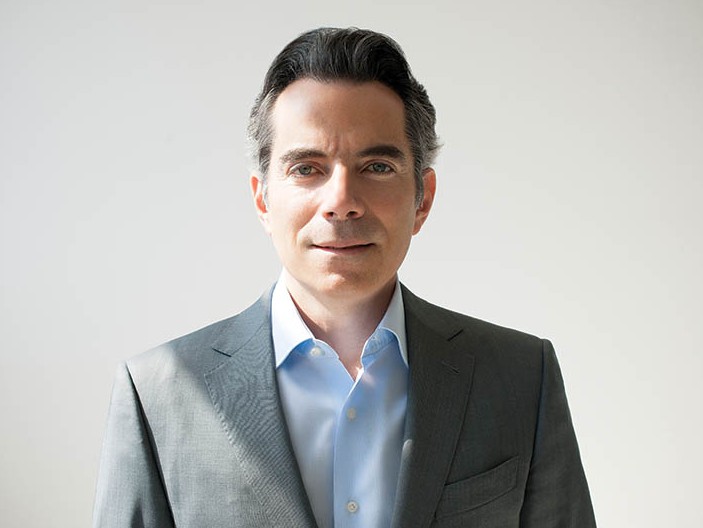
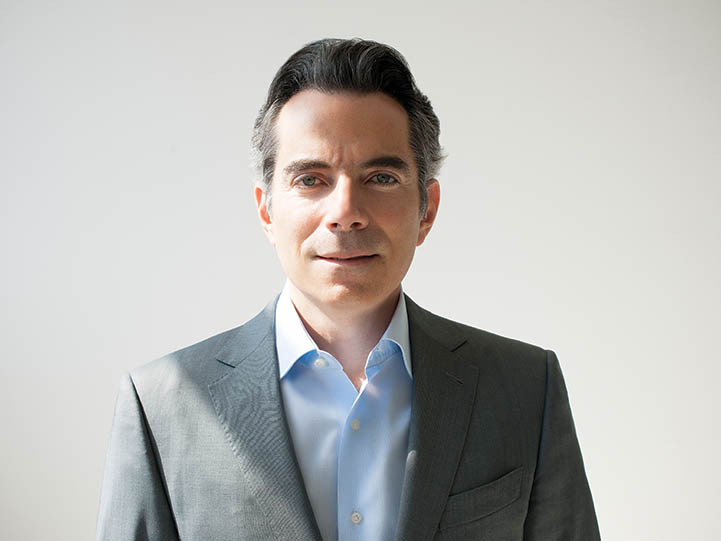
.jpg)
